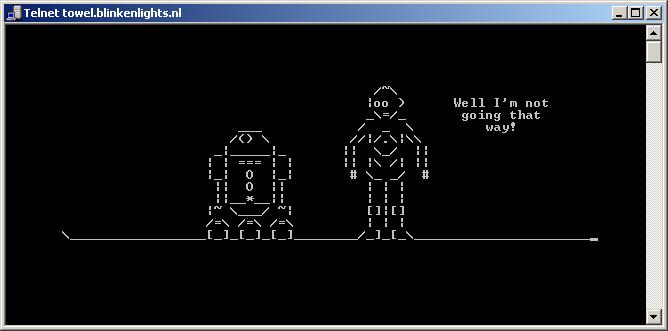Recently I was given a task to create two CentOS 6.5 Jump Servers in the environment I am working currently.
There was a specific requirement for the following packages.
- iftop – Network Bandwidth Monitoring
- htop – Linux Process Monitoring
- NetHogs – Monitor per process Network Bandwidth
We have an internal secure proxy server via which Internet was easily available for my servers. This is how I did:
Step 1 – Enable EPEL (Extra Packages for Enterprise Linux) and install rpm
cd /tmp
wget http://download.fedoraproject.org/pub/epel/6/x86_64/epel-release-6-8.noarch.rpm
rpm -ivh epel-release-6-8.noarch.rpm
Step 2 – Verify EPEL Repo
yum repolist
(it should display EPEL repo in the output)
Step 3 – Install packages
yum -y install iftop
yum -y install htop
yum – y install NetHogs
Note: Just in case you face the following error:
yum error “Cannot retrieve metalink for repository: epel. Please verify its path and try again”
You will have to edit the following repo’s by commenting entries ‘mirrorlist=..’ and un-comment entries ‘baseurl=…’
- /etc/yum.repos.d/epel.repo
- /etc/yum.repos.d/epel-testing.repo


